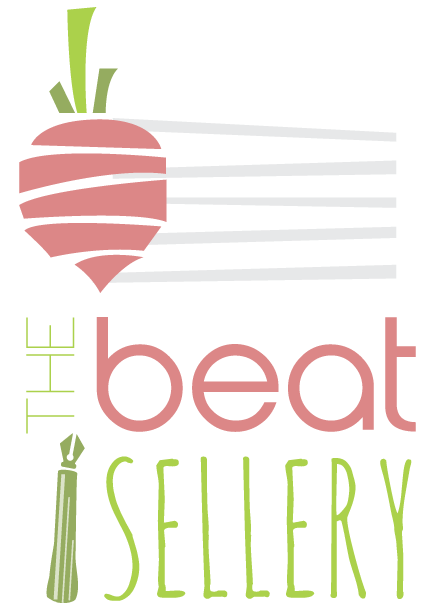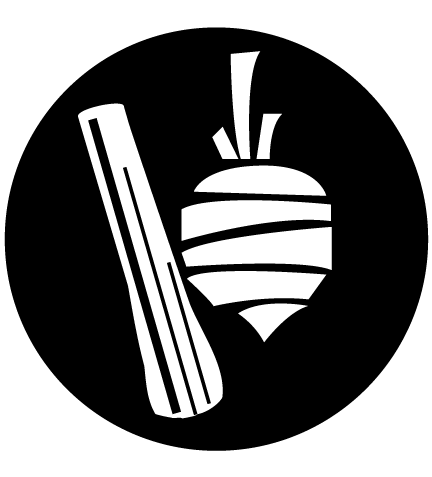writing program notes in band
/Curious remark about life with questionable punctuation; followed by a question? Description of how music connects to the curious remark including the title of the music being played. A compound sentence involving a fact, another fact, and an additional fact, as well as a (perhaps inappropriate) use of parentheses to further describe the music. Succinct explanation of the story behind the music. Gushy statement, including a comma-separated clause, about how much the music means to the writer. Brief exclamation! Assertion about why this music matters with a pithy concluding thought.
I'm a fan of humor and wanted to inject some into an assignment on writing program notes with my students in grades 7 – 12 this past year. Writing in band class became a "necessary evil" and I wanted to make the best of it. The paragraph above is a sample I wrote of generic program notes (see a real set based on the generic one at the end of this post). A few students used it as a model for their own, but my intent wasn't to have everyone simply parrot my form. Instead, I wanted students to see that there was a form to program notes, and that certain details are nearly always included.
Before I describe what I did, here's my idea of what program notes should be. Program notes should...
- Tell the audience something that will help them appreciate the music more
- Arouse the curiosity of the reader and show why the music is worth listening to
- Connect the music to other relevant parts of culture
I can't stress enough how important it was for me to complete the same assignment as the students before I gave it to them. Here is the full sequence of my approach to writing program notes in band.
- Cycle One (of two--the final concert of the year proved too busy to fit this in)
- Show examples of good program notes and the music they were written for (from the MN High School Music Listening Contest)
- As we listened and read the examples, we practiced picking out details
- The more details we picked out, the easier it was to see patterns and group the details according to three categories: biographical information, context of the piece, and things to listen for in the music
- In class, we walked through a lot of details that related to several of the pieces to be played, and students recorded them here
- Students brought their rough drafts to class for some peer editing as well as comments from me, and then they completed a final draft
- Cycle Two
- After the experience of doing program notes the first time, I made a few tweaks
- Adjustment #1 – With the middle school students, we practiced picking out relevant details and then writing sentences based on those details
- Adjustment #2 – I took real student rough drafts, projected them on the screen, and we talked through (as a class) the strengths and weaknesses of some of their writing
Here are a couple samples from these assignments.
“Most of the time, events in history are only remembered in history class, but why not remember them through music? Composer John Edmondson does just that in Valley Forge. In Valley Forge, a few bars of the Revolutionary War battle hymn “Chester” and the well-known tune “Yankee Doodle” can be found during the piece. Edmondson highlights his instrument of choice, trumpet, in several places and uses his experience from being a member of the U.S. Army Band to create a high-spirited march. The piece mixes a classic march with a tribute to the Revolutionary War, while still remaining modern and unique. Pay attention! You might just recognize multiple tunes in one march.”
“Can one define what music comes from? The famous American composer, John Mackey, wrote an outré and unorthodox piece called Foundry that goes outside the frame that others had placed before him. While most music contains some light melodies from the flute and heroic tones from the trumpets, Mackey chooses to highlight the percussion section throughout the entire piece. That’s right: the percussion. The basic idea behind Foundry was to turn anything and everything into an instrument, from salad bowls to plastic buckets. Each bang combined with the offbeat and unexpected entrances the wind instruments make throughout the piece implies the idea of a foundry (a workshop or factory for casting metal). Mackey’s work will certainly keep you on your toes as you listen to the way music can be created with the help of items you might find in your kitchen.”
Last, here are my notes to Alex Shapiro's Paper Cut (based on the spoof at the start of the blog post).
Sometimes we hear music so much that we don’t listen to it; why do we tune out our minds from our ears? It often takes a piece like Paper Cut to reorient ourselves and start listening to music again. As an electro-acoustic piece, Paper Cut is a combination of band instruments, pre-recorded track, and (of course) paper. Shapiro imagined the music as something akin to a film score, and I hear mystery and determination aplenty in the piece. I love this piece for the way it helps us, band and audience alike, remember that we have to listen to the music to appreciate it. So listen up! It isn’t every day that you have a chance to hear something new and appreciate the creativity and inspiration behind music.

